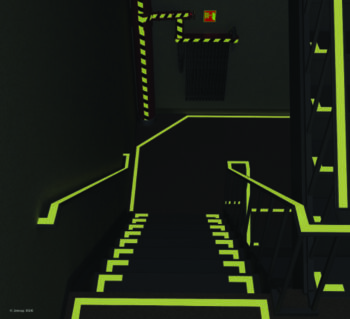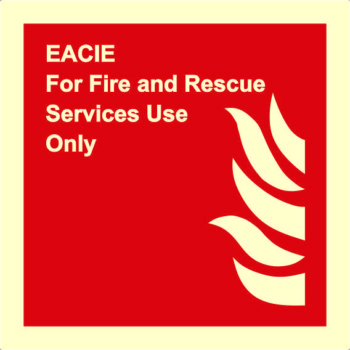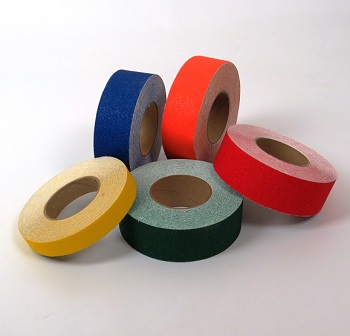From 23rd January 2023, HM Government are introducing regulations under article 24 of the Regulatory Reform (Fire Safety) Order 2005 (Fire Safety Order) to implement the majority of those recommendations made to government in the Grenfell Tower Inquiry Phase 1 report which require a change in the law.
These regulations will make it a requirement in law for responsible persons of high-rise blocks of flats to provide information to Fire and Rescue Services to assist them to plan and, if needed, provide an effective operational response.
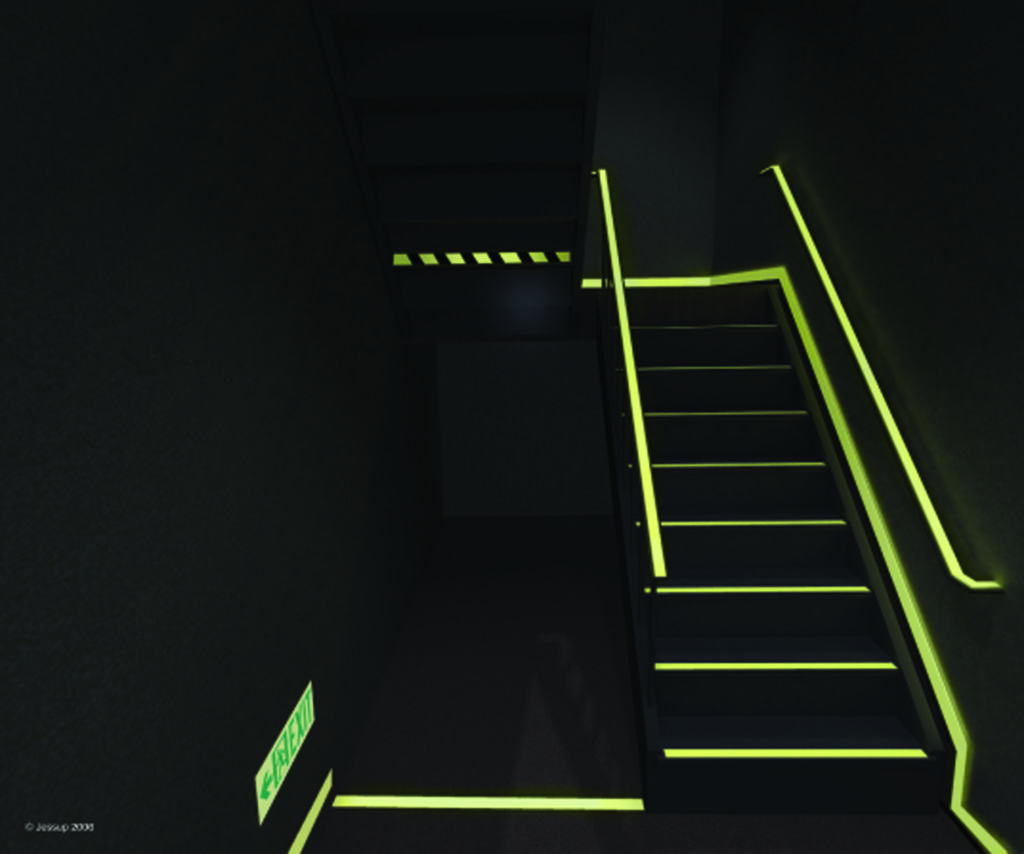
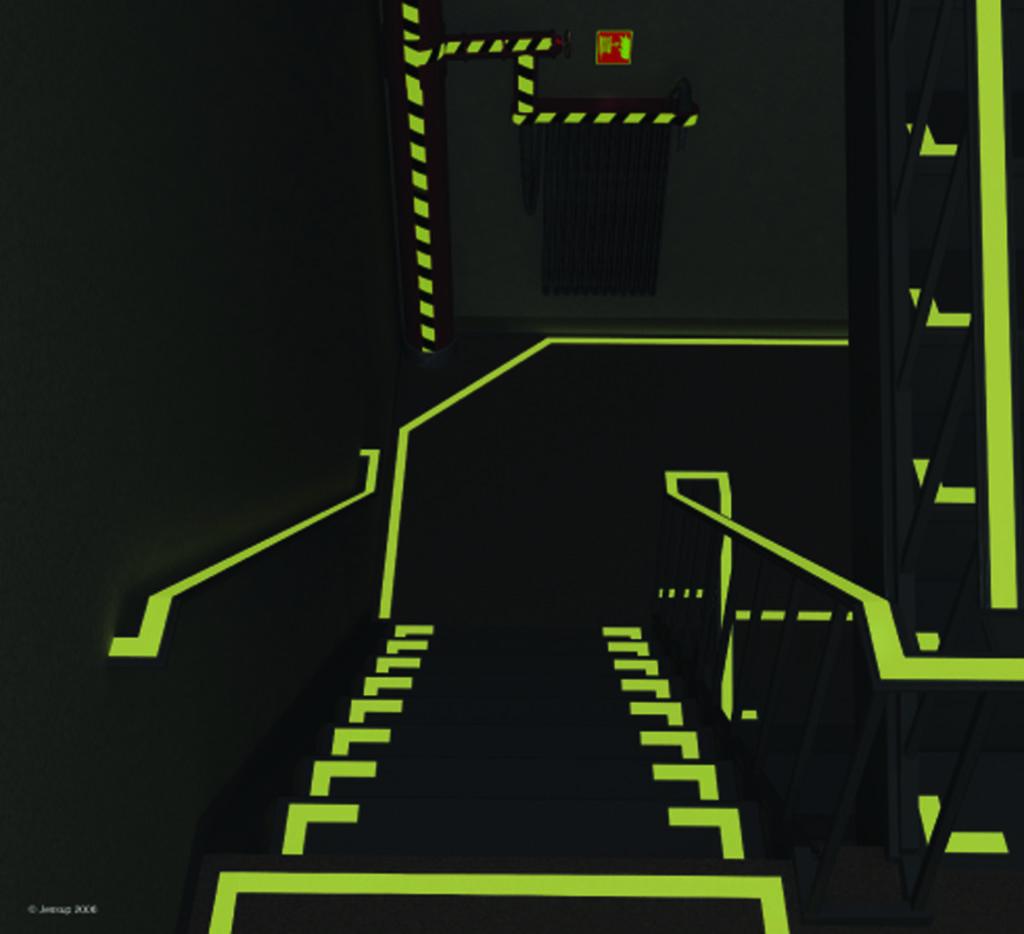
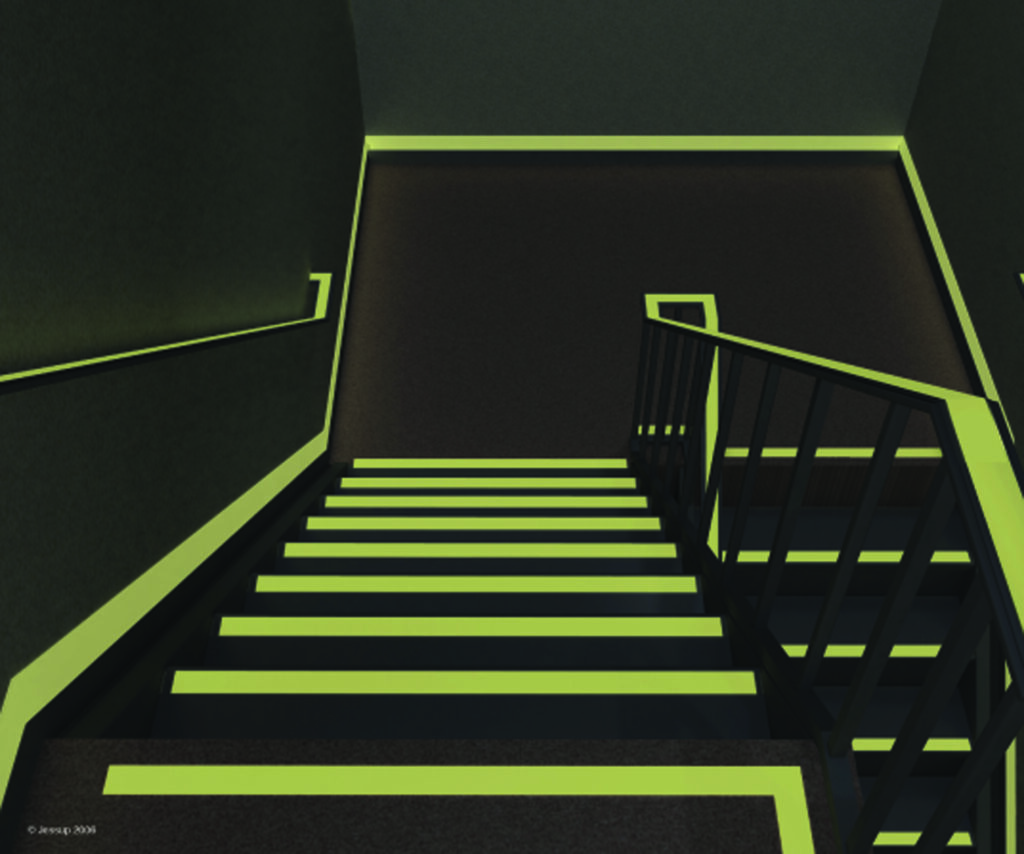
Also, the regulations will require responsible persons in multi-occupied residential buildings which are high-rise buildings, as defined in The Fire Safety (England) Regulations as a building at least 18 metres in height or at least seven storeys, as well as those above 11 metres in height, to provide additional safety measures.
In all multi-occupied residential buildings, the regulations require responsible persons to provide residents with fire safety instructions and information on the importance of fire doors. The regulations apply to existing buildings, and requirements for new buildings may be different.
In high-rise residential buildings, responsible persons will be, along with other measures, required to:
- Wayfinding Signage: to install signage visible in low light or smoky conditions that identifies flat and floor numbers in the stairwells of relevant buildings.
The simple solution is to fit photoluminescent signage, floor level markers and Safety Way Guidance Systems that have a bright and long-lasting afterglow that is visible in blackout and / or smoky conditions. Properly fitted, in accordance with BS ISO 16069:2017, especially a low level, a Safety Way Guidance System (SWGS) not only facilitates swift and unambiguous egress from buildings under emergency conditions, but remain visible long enough to assist Fire & Rescue services in evacuating trapped or less-mobile inhabitants.
Photoluminescent materials contain pigments that store energy from ambient light sources and re-emit this as photons (visible light) when the light source is removed or obscured. They are easy to fit, requiring no electrical supply, virtually maintenance-free and relatively low-cost in relation to a powered system. Because they require no battery back-up, that can often fail if not properly maintained, they are incredibly reliable – just needing an ambient light source to charge them up.
For more information call Joe Lacey on +44 (0)7923243667 or enquires@safewaysystems.co.uk
Found this useful? These articles might also be of interest